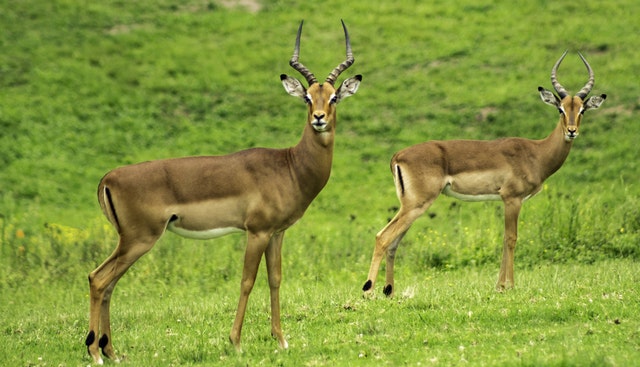The survival of the ecosystem depends on pretty much everything that is in it. The symbiotic relationship between everything that exists in the ecosystem is part of what drives it. Everything, both living and non-living plays a connected role in keep the entire system running. Animals are among the most important organisms in the ecosystem. As a matter of fact, they play a huge role in keeping the entire ecosystem alive.
Animal Contribution to Aquatic Life
In an aquatic ecosystem, the cycle of energy begins with the sun hitting the water. The growth of algae and other aquatic plants depend on sunlight. One of the benefits of these plants of these plants is that they provide oxygen to aquatic animals like fish. They are also a source of food to these animals and other microorganisms. Animals on the other hand contribute to the aquatic ecosystem by absorbing the oxygen produced by the plants and releasing carbon dioxide in return. Plants need CO2 for growth and germination. Animals are therefore important to the aquatic environment as they keep the cycle of energy and life going for both plants and microorganisms.
Animals Facilitate Pollination
Plants reproduce mainly through pollination, the transfer of pollen grains from the anthers of a plant to the stigma of a plant of the same species. Several environmental factors such as water and wind facilitate this process. Animals are a major contributor to pollination. When insects such as bees and birds such as hummingbirds get nectar from a flower, pollen grains typically stick onto their bodies. These pollen grains are then deposited to the stigma of either the same flower or another flower when the bee or bird lands on it. Since animals enjoy unlimited mobility, they are very important for pollination. By promoting pollination, animals ensure the reproduction and survival of the species.
Animals are Part of a Food Chain
Animals, plants and other microorganisms from a food chain that is important for the existence and survival of the ecosystem. Plants get their energy from the sun, an energy that is transferred to animals when they eat the plants. Animals die, after which they decompose into the subsurface soil. The process of decomposition results in the nitrogen contained in their bodies turning into nitrates. The nitrates are crucial for the growth and productivity of the plants. Plants absorb these nitrates and use them to grow, keeping the cycle going and the universe alive.
Animals Aid in Seed Dispersal
Seed dispersal is essential not only to the survival of a species but also to its spread. While some seeds are spread by wind and water, a large percentage is spread by animals. Due to their mobility, animals contribute to the spread of seeds to various places around the world. This plays an important role in keeping the ecosystem alive.
The contribution of animals to the ecosystem is rather crucial. They are an important part of the ecosystem that keeps it alive. Animal preservation is thus a great step towards environmental preservation.

